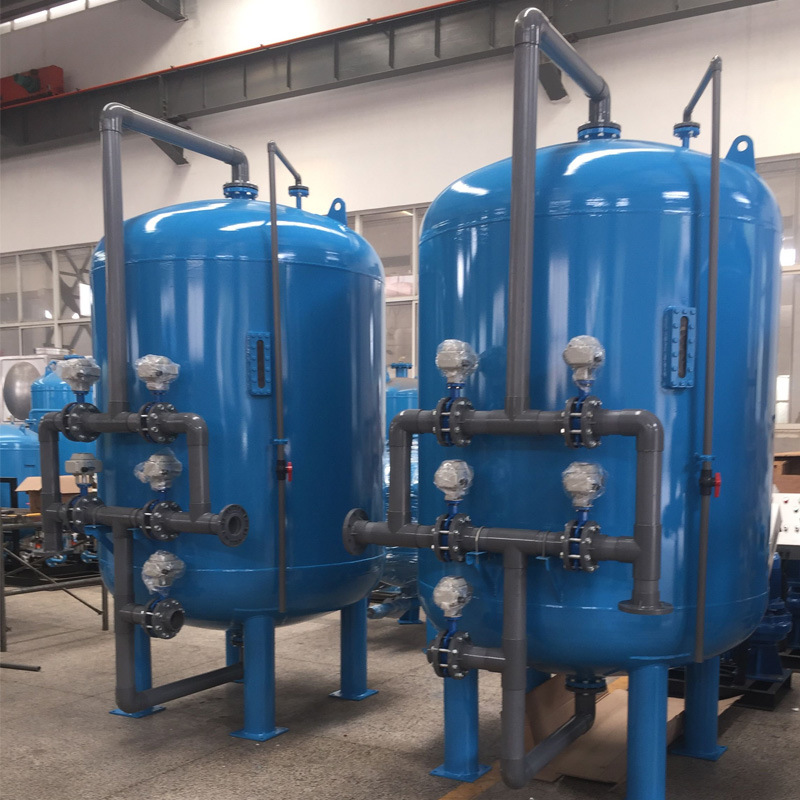Industrial sand filters are vital components of water treatment systems that are used in diverse industries, including the municipal supply of water, management of wastewater, and industrial processes. Their primary function is to eliminate suspended solids, particles, and other contaminants from water while ensuring that it is safe to use. safe use or discharge. Knowing how Industrial sand filterwork and its benefits can assist industries to maintain efficient and effective methods of water treatment.
How Industrial Sand Filters Work
Water purification sand filter (فیلتر شنی تصفیه آب) on a relatively simple principle: water passes through the sand’s bed which collects and removes particles and impurities. The filter consists of a tank that is filled with layers of sand that is different in size. When water moves through the bed of sand, larger particles are captured within the upper layers smaller particles are kept inside the filter. The water that is clean then flows through an outlet in the central.
**1. Design and Construction:
Industrial sand filters are typically constructed from durable materials like cement or steel. The design features an inlet and outlet system and a distribution system that can evenly distribute water over the sand bed, and an option to clean or wash the filter back when it becomes clogged.
**2. Filtration Process:
The process of filtration begins when the water enters the tank to filter it and then spreading equally across the sand bed. As the water travels through the sand bed, impurities are captured and held. In time the sand bed will become clogged with particles, which decreases the filter’s efficiency. To address this the filter goes through the process of backwashing. In this, water flows back and forth through the sand bed to eliminate the accumulation of contaminants.
**3. Backwashing:
Backwashing is an essential maintenance procedure for industrial sand filtering. During this process, the water flows in a opposite in the direction of the filter by lifting and agitating the sand. This process releases the particles trapped in the filter, and they are then flushed out of the filter. After the backwashing process, the sand bed settles in its place and the filter becomes ready for reuse.
Benefits of Industrial Sand Filters
Effective Particle Removal:
Industrial sand filters can remove particles as small as 20 microns, which makes them effective for various applications, including municipal water treatment and industrial processes.
Low Operating Costs:
In comparison to other technologies for filtration Sand filters are relatively low operational and maintenance cost. Their durability and simplicity make them cost-effective.
Long Lifespan:
With proper maintenance industrial sand filter systems can operate efficiently for many years. Their durable design means they are able to withstand the rigors of heavy use and extreme conditions.
Environmentally Friendly:
Sand filters utilize natural media that is more sustainable than synthetic filtering materials. They also require less chemicals to maintain them, thus reducing their environmental footprint.
Conclusion
Industrial sand filters play a vital role to ensure the cleanliness and security of the water in diverse applications. Their efficacious filtration capabilities, affordability and long-lasting make them an ideal option for many industries. Regular maintenance, including backwashing, makes sure that the filters are operating optimally, delivering quality, clean water for a variety of uses.



